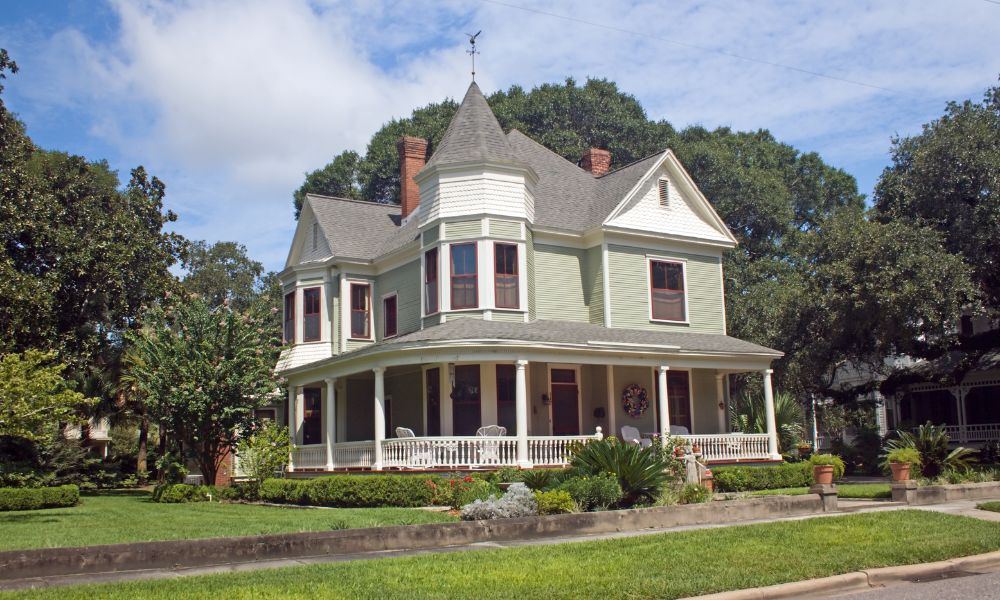
Nestled in history are the remnants of architectural heritage—historic homes that are more than just brick and timber structures but gateways to another era. Restoring or renovating a historic home is rewarding yet complex. It demands a deep understanding of preservation and a commitment to authenticity and durability. If you’re taking on the role of custodian for an old treasure, your task is delicate and thrilling. Here are key tips for renovating and restoring a historic home, ensuring you preserve its glory without compromising its legacy.
Understand the Home’s History
Before lifting a hammer or brush, familiarize yourself with your home’s story. Delve into historical records, interview previous owners, and even conduct a physical study of the property to understand its lineage. Knowing the original architect, the period of construction, and the subsequent alterations over time can guide your renovation efforts. This intimate knowledge provides a roadmap that honors the home’s roots and prevents the unintentional erasure of historical significance.
Prioritize Structural Integrity and Maintain Architectural Details
When dealing with an aged structure, you must safeguard its bones while resurrecting its exterior and interior charm. Historical homes often face common roof leak causes, and finding solutions is essential to preserving the integrity of the house. Addressing these issues early on is crucial.
Leak repairs, foundation reinforcements, and termite inspections should precede any cosmetic work. Similarly, maintaining or replicating original architectural features like moldings, trim, and windows contributes to the home’s authenticity, albeit with modern structural reinforcements.
Choose Period-Appropriate Materials and Colors
The devil is in the details, and for historic homes, these details lie within the materials and colors that clothe the building. Whether sourcing natural stone for a colonial-era hearth or selecting shades of paint popular in the early 1900s, authenticity should guide your choices. Working with preservation leagues and local historical societies can often provide invaluable insight into period-appropriate aesthetics. Remember, the chosen materials must echo the past while standing the test of time.
Modernize Discreetly
While the charm of an old house lies in its historical features, modern conveniences are often non-negotiable. However, you should integrate new technology and amenities discreetly, ensuring they don’t overpower the classic character. Concealed wiring, energy-efficient fixtures that replicate vintage designs, and hidden air conditioning systems are subtle acknowledgments of the present that honor the past.
Consult With Preservation Experts
Seeking professional guidance from architectural historians, preservation architects, or even skilled craftspeople isn’t a sign of inexperience. These individuals are custodians of the craft and can steer you away from common pitfalls. Their expertise, combined with your vision, creates the perfect blend of legacy and livability.
Restoring and renovating a historic home is an act of love and a powerful means of connection to our roots. By understanding the significance of your dwelling, preserving its core, and marrying architectural history with modern function, you can ensure that your home remains a timeless piece of living history.




